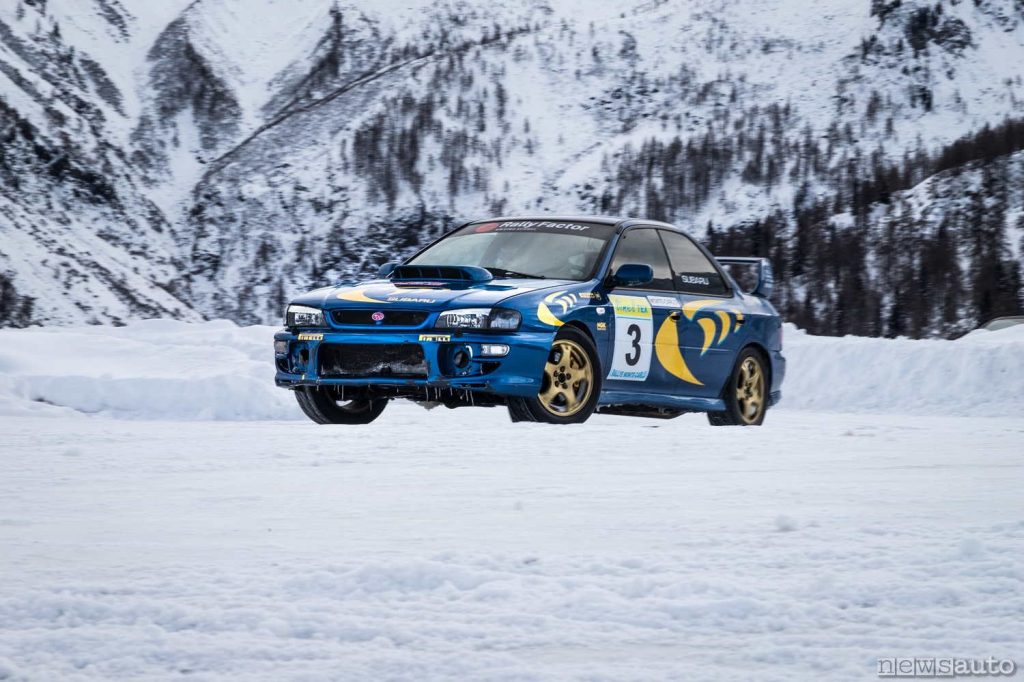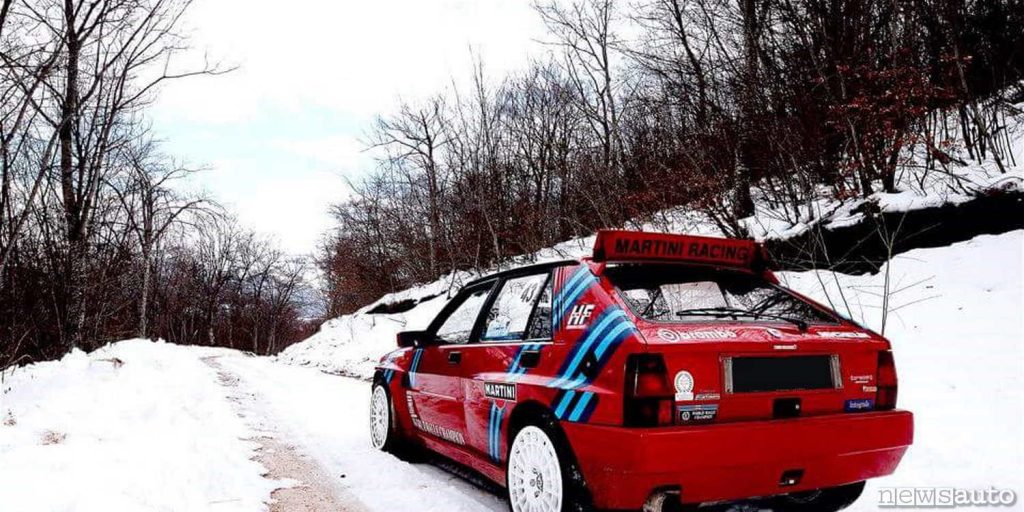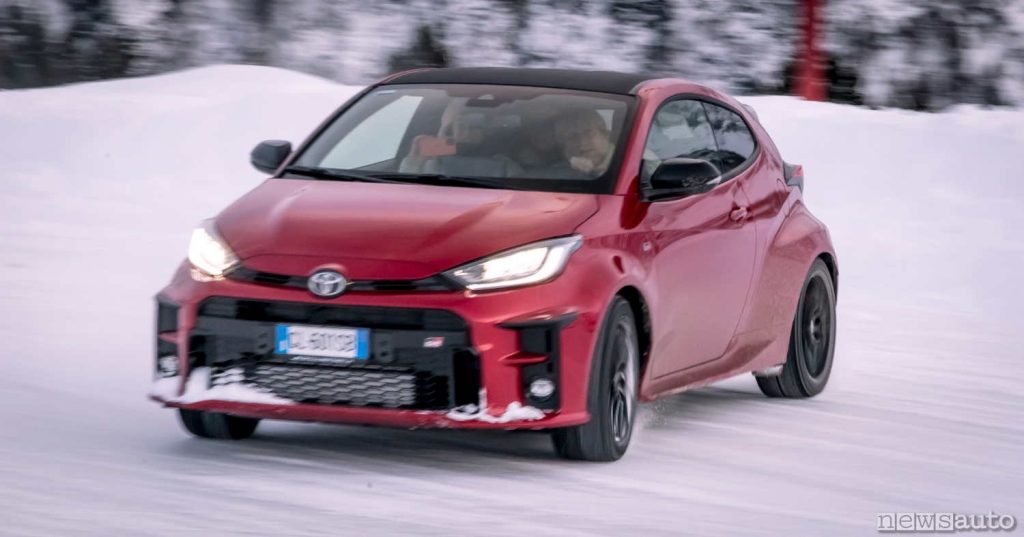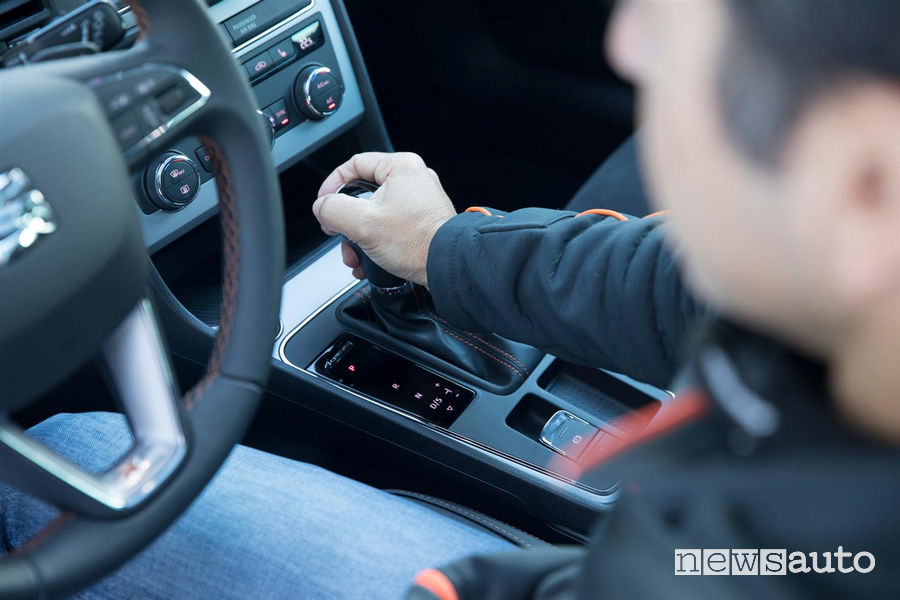When an alert is due weather forecast rest assured it could arrive there snow even at low altitudes. That's why it is it is important to know how to drive on snow, and the advice is precisely to delve deeper driving in the snow or frozen bottoms where maximum attention and some vital precautions are certainly necessary. For this reason we have drawn up 5 practical tips to follow for which smooth driving in the absence of sudden braking or energetic acceleration is valid for everyone.
1) Driving uphill and downhill on snow
When driving on snow on slopes with uphill and downhill slopesfor example to descend a mountain pass, it is essential to use the engine brake. In slopedriving using short gears also helps to manage the car without the brakes being excessively affected.

Pictured is an all-wheel drive Subaru STI.
This tip is valid is in winter and in summerbut above all in cold months, when the asphalt loses grip at low temperatures. The recommendation is to avoid sudden movements, sudden braking and strong acceleration.
2) Driving on frozen snow and ice
When driving on snow, be careful of ice! You need to pay special attention to stretches of roadway in the shade which can hide pitfalls. The important thing is to stay calm and avoid maneuvers abrupt especially in this case. You must steer with maximum gentleness and press the brake pedal slightly, until the critical point is passed and the car gains grip again. Given the reduced grip that snow and ice ensure, any maneuver must be performed smoothly.

Sudden braking or forceful acceleration would result in loss of grip. The maneuvers they must be “anticipated” as the car, having longer reaction times, will need more space to change trajectory or vary speed.
3) Pay attention to fog lights in the presence of snow
Be careful when using fog lights in extreme conditions when the day is cold but sunny. In this case, i fog lights should never be turned on. This type of light is to be used only in conditions of poor visibility. These headlights, which bring a extra brightnessthey are useful in case of a thick blanket of fog or rainbut they can dazzle other drivers if not used correctly.

4) How to park in the snow
The best way to park in the snow: leave the gear shift in place Parking “P”. in case of DSG or in first gear in the case of a manual gearbox. If you leave your car parked at the mercy of the weather, we recommend that you raise the wipers from the windshieldto prevent them from remaining stuck to the glass in the event of snow or sudden drops in temperature.

If you leave your car parked in subzero temperatures, we recommend that you raise the wipers from the windshieldto prevent them from remaining stuck to the glass in the event of snow or sudden drops in temperature.
5) Snow tires and chains for driving on snow
Obviously when driving on snow the most important thing is the tyres. If you use good winter or all-season tyres, grip improves a lot compared to summer tires (undrivable on snow without chains).
On snow, mobility can still be guaranteed by summer tires equipped with snow chains. Winter tires and chains are devices mandatory in the winter period.
✳ WINTER TIRES HANDBOOK
Read also:
→ How to read the tire label
→ Speed code and tire load
→ CALCULATION OF ALTERNATIVE MEASURES
→ Correct tire pressure, how to check
→ Punctured tyre, when, where and how to repair it
→ Alternative wheel approval in the workshop
→ Car snow socks. What are they, what are they for?
→ Tips for your car in winter
→ EVERYTHING ABOUT TIRES
→ Find out what they say aboutwinter tires mandatory on the FORUM!
#drive #snow #tips #avoid #mistakes
